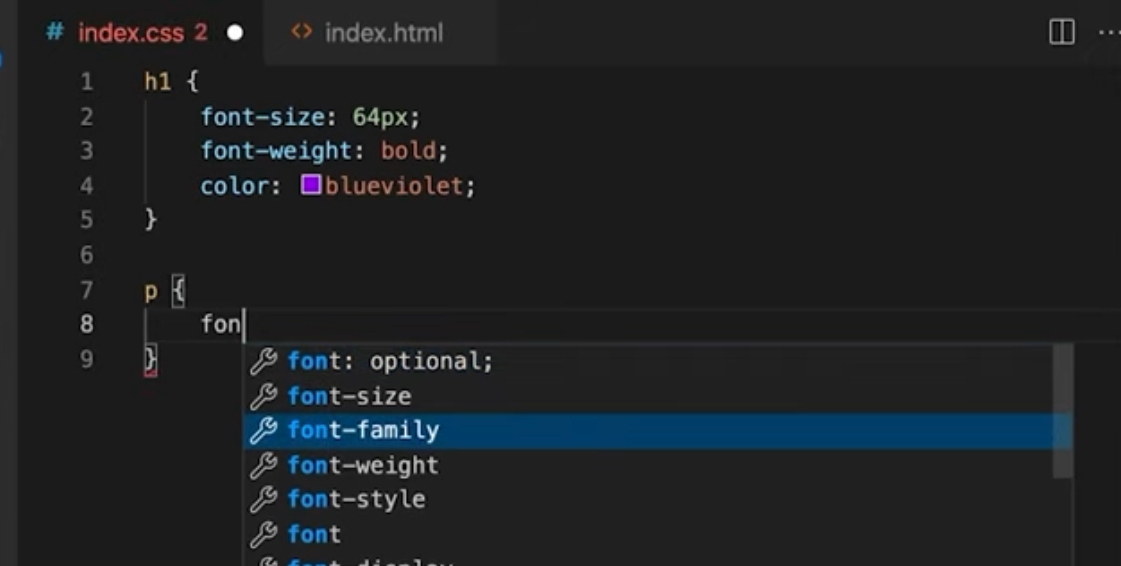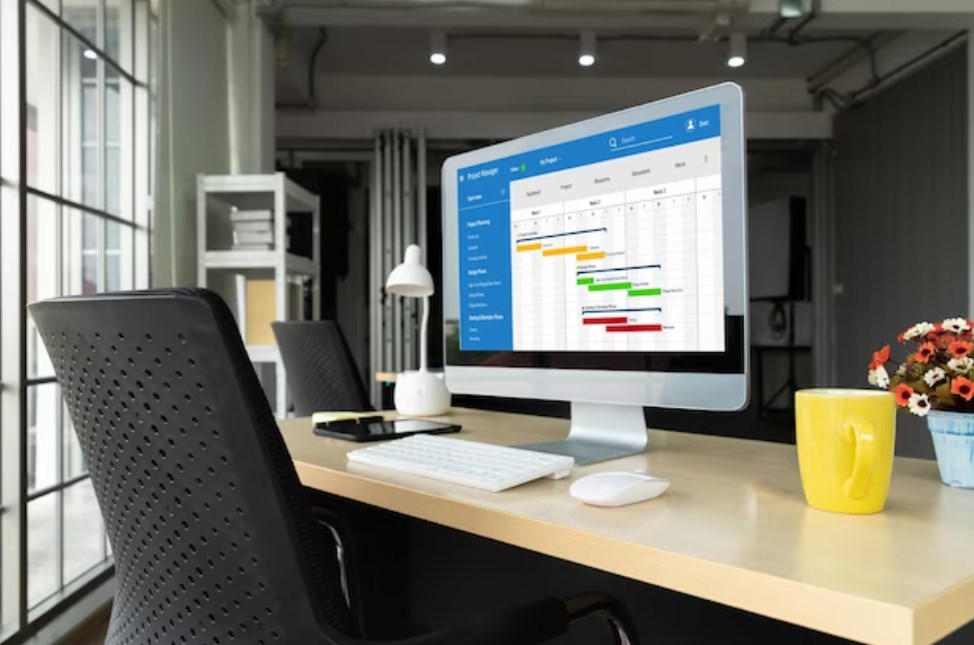Centering a form horizontally in CSS, while straightforward, is a critical aspect of web design that plays a significant role in enhancing a website’s aesthetic appeal and user experience. This tutorial aims to provide a comprehensive guide on three distinct methods to achieve this, utilizing a basic HTML form for practical demonstration. These methods are not just about aligning elements; they are about ensuring that the form is visually appealing and functionally accessible to users.
The importance of centering forms extends beyond mere aesthetics. It contributes to a cleaner, more organized layout, making the content more digestible and user-friendly. A well-centered form can significantly improve the overall look and feel of a webpage, leading to a more positive user experience. It also reflects the attention to detail and professionalism of the website, which can be crucial for websites where forms play a key role, such as e-commerce sites, online services, or informational portals.
Moreover, understanding these methods provides web designers and developers with a deeper insight into CSS functionalities. This knowledge is invaluable in creating responsive designs that adapt seamlessly across different devices and screen sizes. As the digital landscape continues to evolve, mastering these skills becomes increasingly important, enabling designers to create more engaging, inclusive, and accessible web experiences. Through this tutorial, readers will not only learn the technical aspects of form centering but also appreciate its impact on effective web design.
A Simple HTML Form for Demonstration
The form used in this guide is elementary yet effective for demonstrating the techniques. The HTML structure of the form is as follows:
```html
<!DOCTYPE html>
<html lang="en">
<head>
<!-- Head content including styles -->
</head>
<body>
<div class="form">
<form action="">
<h2>Log in Form</h2>
<!-- Form fields -->
</form>
</div>
</body>
</html>
```This form, with standard input fields and a submit button, will serve as the basis for the CSS centering methods. For those unfamiliar with creating HTML forms, a comprehensive tutorial on creating a contact form in HTML is recommended.
Method 1: Utilizing the CSS Margin Property
The simplest way to center a form horizontally is by using the CSS margin property. First, defining the width of the form element is essential, along with an optional background color for visibility. Additional styling like padding and border-radius can be added as per personal preference.
The crucial step involves setting the margin to auto:
```css
form {
margin: auto;
/* Other styling */
}
```This method aligns the form horizontally in the center, as evidenced in the visual output in a web browser.
Method 2: Employing CSS Flexbox
CSS Flexbox offers an alternative approach. By wrapping the form within a `<div>` tag, creating a container, Flexbox properties can be applied to center the form. The HTML structure is slightly modified to include the container:
```html
<div class="container">
<form action="">
<!-- Form content -->
</form>
</div>
```Then, in the CSS, the display property for the container is set to flex, with center alignment:
```css
div.container {
display: flex;
justify-content: center;
}
form {
/* Styling for the form */
}
```Method 3: Leveraging CSS Position Property
For more precise control, the CSS position property can be used. This method centers the form both horizontally and vertically. The key is to set the form’s position to absolute and then use the left and top properties:
```css
form {
position: absolute;
left: 37%;
top: 20%;
/* Additional styling */
}
```This technique allows for centering in both directions, providing a more balanced appearance on the page.
Wrapping Up
By delving into these three methods, users gain valuable skills to center forms in CSS, a crucial aspect of web design that significantly improves the visual appeal and user experience of their websites. The choice of method depends largely on the context and design goals. The margin property is ideal for those seeking simplicity and quick implementation. It’s especially useful for beginners or for projects where time is of the essence.
On the other hand, CSS Flexbox provides a more modern approach, offering greater control and responsiveness. This method is particularly beneficial for designers aiming to create a flexible layout that adapts to different screen sizes. It’s a testament to the evolving nature of CSS and its ability to cater to dynamic web design needs.
Lastly, the position property method offers the most precise control over the form’s placement. This method is suited for advanced users who require exact positioning, not just horizontally but vertically as well. It’s particularly useful for creating striking visual layouts and can be pivotal in designs where the form is a central focus.
Overall, mastering these methods equips web designers with a versatile toolkit, enabling them to tackle a variety of design challenges. This exploration not only enhances technical skills but also encourages creative problem-solving. For those eager to dive deeper or share their experiences, the comments section below serves as a platform for ongoing learning and discussion in the ever-evolving field of web design.



